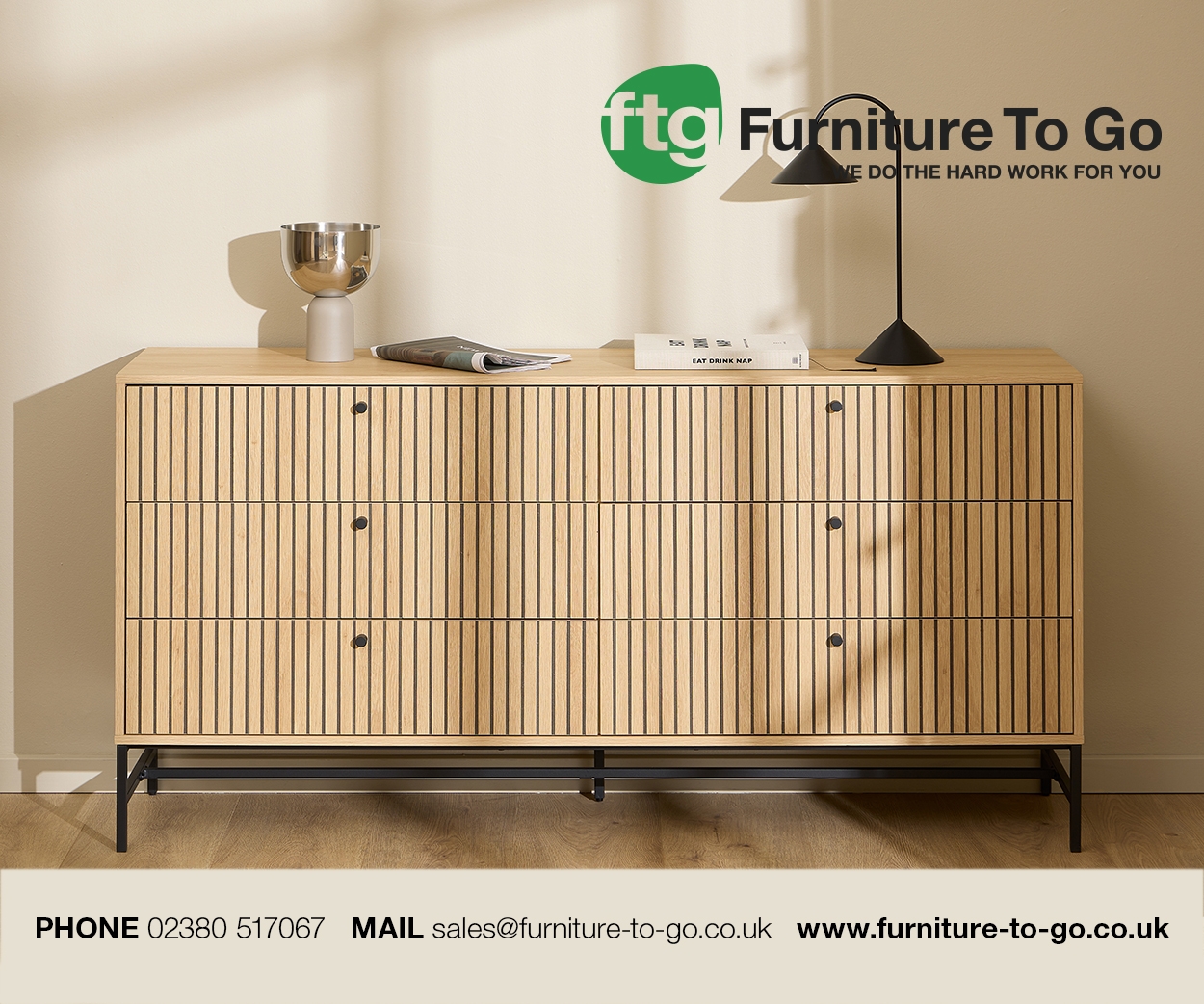Gone are the days when consumers would shy away from big-ticket furniture purchases online – just look at the success of upmarket pureplay Made.com, whose international sales recently rose +40%. Tech-savvy furniture retailers are driving this change in attitudes by adopting increasingly sophisticated solutions to bridge the physical/digital divide and overcome the online shoppers’ anxieties, writes KPS’ Frank Lochbaum …
These efforts mean that consumers now expect digital experiences to be a key part of their journey to purchase. Even if they don’t ultimately convert online, digital is a critical element during their primary discovery and research stages and then right through to post-purchase validation.
In short, if you’re not selling your big-ticket furniture items right across all of your channels, you are missing prime opportunities to introduce new customers to your sales funnel, and nurture them to a purchase.
Here are my top tips to help you sell big-ticket furniture items right across your channels …
Get interactive with product visualisation
One of the biggest roadblocks to selling big-ticket items on digital channels is that websites, apps and social media don’t offer the same sensory cues as physical shopping. In other words, you can’t touch and feel products before you buy. This creates a significant level of anxiety for consumers, and it’s a major contributing factor to basket abandonment.
Once, retailers could only offer high-quality images of products – but today’s technology enables them to use virtual reality (VR), 3D imaging, augmented reality (AR), and more. This means shoppers can interact with products online like never before.
For example, Ikea’s Place app was among the first to harness Apple’s ARkit and OS system, enabling users to use their phone to see how 3D AR objects look in their home. AR apps like Ikea’s Place, the home decor app Houzz and Wayfair enable the customer to re-position products and look at them from different angles while automatically scaling them to the real dimensions.
Livestream chat and product demonstrations
In the quest to replicate the store environment, online forward-thinking furniture retailers are attempting to recreate the showroom in the customer’s front room.
Heal’s is among the pioneers in this department, thanks to its Livechat solution which connects online shoppers instantly with its team of in-store advisers. Livechat enables store staff to send product recommendations, photos and videos direct from their store. If a customer wants to complete their purchase in-store, the company says staff can ensure it is ready and waiting for them.
The furniture industry could also learn a lot from pioneering mobile phone retailers, such as Three. The company has championed online chat as a major sales tool, giving store staff the chance to interact and sell to online customers using video chat in which they can answer customer questions and livestream product demonstrations.
Customers using Three’s live demo solution speak online to a sales assistant at their local store whenever possible, who can arrange an appointment at that location if the customer would like to see their phone selection in person before completing a transaction.
Break down your silos – merge online and offline
Consumers don’t shop online or offline any more, they’re largely channel agnostic and expect to shop where and when they like. This means that furniture retailers need to tear down the Chinese walls that traditionally divide on- and offline and deliver a joined-up, slick, friction-free customer experience across all their channels.
Bed retailer Dreams has revolutionised its omnichannel capabilities, giving staff a 360° view of its customers, enabling the company to follow their buying journey all the way through regardless of which channels they switch between.
The firm’s Dreams360 solution means that customers can start their buying journey in-store or online and switch channels multiple times before they make a purchase. The solution makes customers’ online wish-lists and baskets available to in-store staff. In-store staff can also help create digital wish-lists and baskets if customers arrive in-store first. Online shoppers can also book in-store consultations while they browse online.
This seamless approach gives staff greater opportunities to interact with customers and nurture them towards a sale. This is particularly useful when converting customers who are considering big-ticket furniture purchases.
These examples illustrate the level of customer-focused convenience and functionality that bricks-and-mortar retailers will increasingly need to employ if they are to preserve and grow their market share. They also give a good indication of how the speed and direction of the consumer’s digital journey is evolving.
Maintaining the status quo by staying with legacy systems is what prevents retailers from being truly successful. In order to innovate, furniture retailers must invest in process innovation, to implement new ways of keeping consumers’ requirements in sight.
Frank Lochbaum is managing partner at KPS, one of Europe’s leading management consultancies for the retail sector, covering the entire range of omnichannel business and digital transformation.










